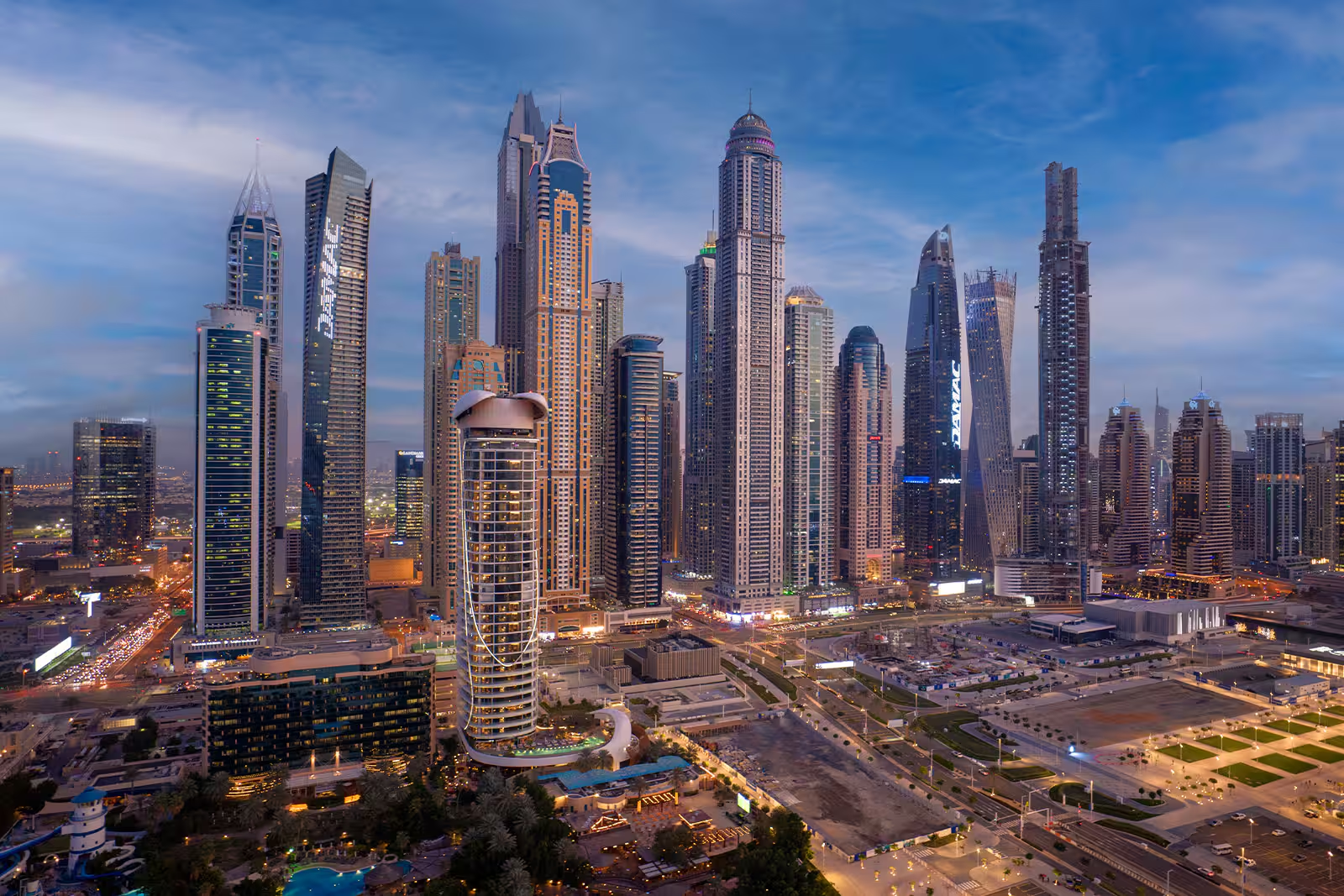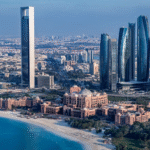Now Reading: How Expo-Linked Infrastructure Continues to Boost Property Markets
-
01
How Expo-Linked Infrastructure Continues to Boost Property Markets
How Expo-Linked Infrastructure Continues to Boost Property Markets

Expo-linked infrastructure plays a vital role in shaping global cities and their real estate markets. More than cultural showcases or trade fairs, world expos act as catalysts of urban transformation. With every major Expo, host cities undergo rapid development in transport, housing, and commercial sectors. This wave of construction and modernization has long-lasting effects, continuing to influence property markets well after the event ends.
In this article, we explore projects boost property markets, why they attract investors, and which global examples highlight this trend.
Expo-Linked Infrastructure and Its Impact on Real Estate Growth
Whenever a city is chosen to host preparations kick off years in advance. The host city invests heavily in:
- Transport networks like new metro lines, airports, and highways.
- Housing developments to accommodate visitors and workers.
- Commercial zones for businesses that will thrive during and after the Expo.
- Tourism facilities including hotels, retail hubs, and entertainment centers.
These projects aren’t short-term they reshape entire neighborhoods, creating long-term demand in the real estate market.
Why Expo-Linked Infrastructure Attracts Property Investors
- Improved Connectivity
Major transport upgrades mean smoother travel within the city. For residents and investors, this boosts the appeal of properties located near new metro lines, bus routes, or highways. - Urban Regeneration
Expos often revive underdeveloped or overlooked areas. Once neglected suburbs transform into modern, well-planned communities. - Job Creation
Infrastructure projects generate thousands of jobs, attracting professionals who increase demand for both rental and owned properties. - Tourism Growth
Even after tourism infrastructure continues to support demand for short-term rentals and hospitality-related properties. - Long-Term Value Appreciation
Areas that undergo massive upgrades often see sustained increases in property values, making them attractive to long-term investors.
Case Studies: Expo-Linked Infrastructure Driving Property Markets
Dubai Expo 2020 (Held in 2021-22)
Dubai’s Expo 2020 was a landmark event, not just for tourism but for property. The Dubai Metro’s Route 2020 extension, which connected central Dubai site, significantly boosted property demand in areas like Jebel Ali, Dubai South, and Discovery Gardens.
After this the site was transformed into Expo City Dubai, a sustainable urban hub with residential, commercial, and cultural spaces. Properties in and around this zone are now among the most sought-after in Dubai, showing how Expo-linked infrastructure continues to fuel demand.
Shanghai Expo 2010
Shanghai invested billions in redeveloping its Pudong district for Expo 2010. The transformation included improved metro connectivity and large-scale urban beautification. Property prices in Pudong skyrocketed before, during, and long after, turning it into a thriving financial and residential hub.
Milan Expo 2015
The Milan Expo left behind redeveloped urban zones and improved transport connections. This site itself was repurposed into a science and technology park, which attracted new businesses and boosted housing demand in surrounding areas.
Key Sectors Benefiting from Expo-Linked Infrastructure

Residential Real Estate
Families and professionals seek housing near upgraded transport lines, villages, and repurposed urban districts. Developers often launch new communities around hubs to capture this demand.
Commercial Real Estate
Retailers, hotels, and office spaces benefit from the influx of businesses and tourists. After these areas often evolve into vibrant commercial zones.
Industrial and Logistics
Expo cities require strong logistics support for both construction and operations. Warehousing and industrial properties infrastructure see rising in demand.
The Long-Term Ripple Effect
Expo-linked infrastructure doesn’t just boost property markets temporarily it creates ripple effects across decades:
- Sustained population growth in revitalized districts.
- Stronger rental yields in areas with new transport access.
- Tourism-driven real estate demand that continues post-Expo.
- Government and private sector reinvestment in upgraded neighborhoods.
For example, Dubai South once a distant, underdeveloped area has now become a hub for aviation, logistics, and real estate, largely thanks to the investment.
Challenges of Expo-Linked Property Growth
While the benefits are strong, investors should also consider potential risks:
- Over-Speculation: Property prices can rise sharply before an Expo, creating bubbles.
- Infrastructure Costs: Large projects may increase government debt, indirectly affecting investor confidence.
Future Outlook: Expo 2025 Osaka, Japan
The upcoming Expo 2025 in Osaka is already attracting investor attention. With billions being spent on Yumeshima Island’s redevelopment, new transport links, and urban infrastructure, property markets are expected to surge. Similar to Dubai and Shanghai, Osaka could experience long-term property demand well beyond 2025.
Conclusion
Expos are more than international showcases they are engines of urban growth. By driving large-scale infrastructure upgrades, they transform entire districts, attract global investors, and leave behind legacies that continue to boost property markets for decades.
Follow us on: Instagram
Read More:Artificial Islands UAE Real Estate: Growth & Expansion






















